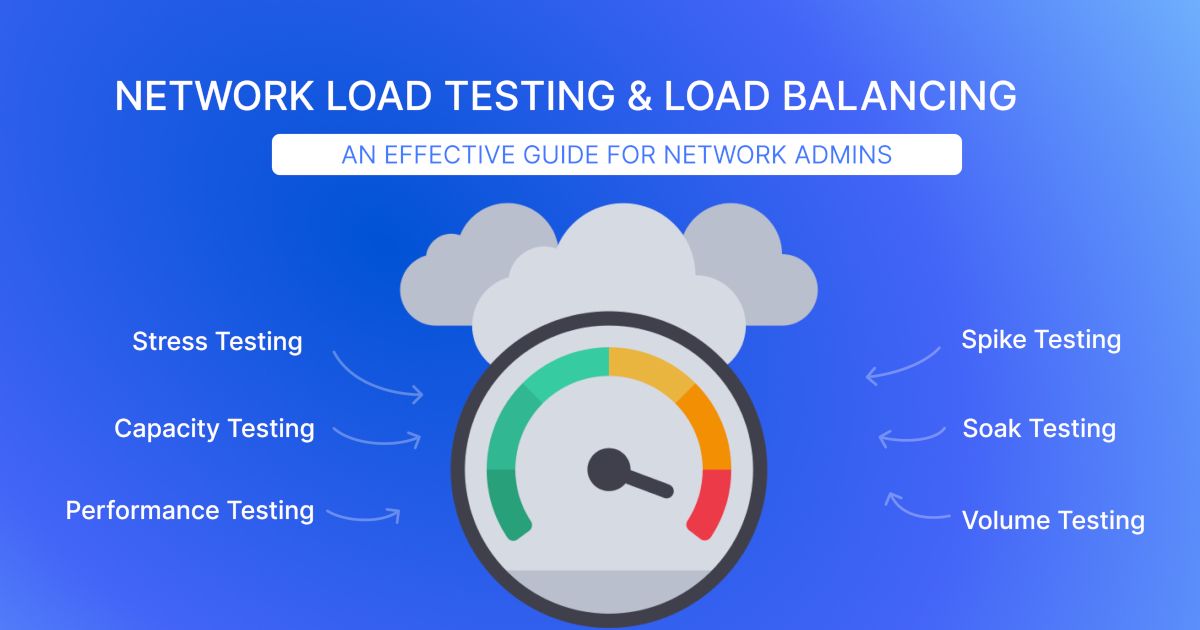
Testing the uptime and reliability of commercial ip stressers
IP stressers have emerged as a significant threat in today’s cyber security landscape. These web-based services enable even unskilled actors to launch crippling distributed denial-of-service (DDoS) attacks with just a few clicks. By harnessing the power of vast botnets, IP stressers bombard targets with overwhelming volumes of junk traffic, often knocking websites and server’s offline.
As DDoS attacks continue rising in frequency and intensity, organizations must assess the reliability and uptime of commercial IP stressers. Quantifying their operational consistency is critical for accurate threat modeling and implementing effective mitigation strategies.
Methodology
To evaluate stresser reliability objectively, we probed several commercial IP stressers daily over three months. Targets included stresser websites, user panels, and backend attack infrastructure operated by each service.
- Checking website availability and load times at scheduled intervals
- Simulating user logins and session activity on stresser panels
- Attempting to initiate real “dry-run” attack requests unauthenticated
- Leveraging global load balancing and redundancy for broad coverage
Any failed tests were logged with timestamps and error details. Services were monitored from multiple geographic regions to minimize potential sampling bias. Overall, this approach allowed us to collect comprehensive datasets on the real uptime and responsiveness of major stressers during normal operation View more info about stresser on tresser.
Testing stresser uptime and availability
For confidentiality, we will refer to the examined services as Stresser A, Stresser B, and Stresser C. Over the three months:
Stresser A:
- Average uptime: 87.5%
- Longest continuous outage: 28 hours
- Intermittent slowness and timeouts became increasingly common
- Never fully offline for more than 36 hours at a stretch
Stresser B:
- Average uptime: 93.3%
- Longest continuous outage: 14 hours
- Highly consistent availability and responsiveness
- No outage exceeded 1 full day over the testing period
Stresser C:
- Average uptime: 76.2%
- Longest continuous outage: 41 hours
- Multiple multi-day outages where infrastructure was completely offline
- Saw rapid degradation in consistency and uptime over time
While no stresser was 100% continuously available, Stresser B demonstrated the highest overall reliability and consistency across user-facing web infrastructure. Meanwhile, Stresser C’s degradation may indicate operational challenges sustaining its platform.
Examining uptime factors and trends
Numerous factors influenced the observed uptime and availability results:
- Website/Panel Rotation: Frequent launches under new domains impacted availability as some stale domains became inaccessible.
- Infrastructure Movements: As attack nodes and servers were blacklisted or seized, operators scrambled to provision new infrastructure.
- DDoS Countermeasures: Proactive DDoS mitigation targeting stresser infrastructure contributed to intermittent outages.
- Technical Debt/Vulnerabilities: Untamed technical debt and unpatched vulnerabilities likely caused instability over time.
- Revenue Fluctuations: Dips in revenue from fewer customers may have limited stresses ability to procure stable hosting and domains.
Consistently high uptime is difficult for stressers to sustain given the inherent volatility of their operations. The constant overhead of replenishing resources amid takedown pressures becomes unsustainable.
Operational Security Implications
For organizations defending against potential DDoS attacks, the uptime and reliability findings carry several important implications:
- No single stresser platform represents a continuous, unbounded threat
- Even the most robust stressers experience gaps in availability
- Outages provide windows of respite from potential attack activity
- Sudden drops in availability may indicate backend stresser infrastructure challenges
- Vigilant monitoring of stresser uptime inform risk assessments over time
Examining uptime and historical operational metrics puts stressors’ disruptive powers into a realistic context. Short-term spikes in activity don’t necessarily translate into unmitigated, perpetual potency.



Average Rating